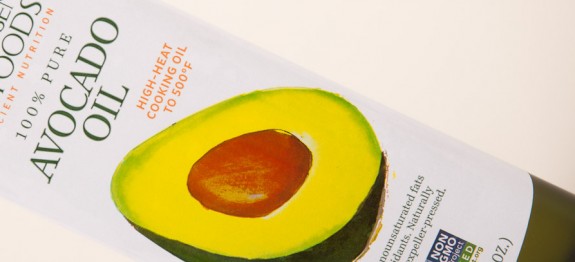Fat & Oil Smoking Point
There are several reasons for knowing the smoking points of oil and fats. The healthiest fried foods, especially deep-fried foods, are cooked at high temperatures to prevent soggy, greasy foods loaded with fat calories. Deep frying temperatures range from 350°F to 400°F (177°C to 204°C).
The higher an oil’s or fat’s smoking point the less likely it is to smoke and possibly catch fire. Oil fires are extremely dangerous and must never be extinguished using water which will cause the fire to flare up.
The smoking point isn’t how hot you can heat an oil or fat before it begins to smoke, it is the temperature oils and fat begin to smoke. If a recipe calls for heating oil to 375°F (190°C), you must use an oil with a smoking point above 375°F (190°C). Refined vegetables oils have smoking points above 400°F (204°C) making them suitable for deep frying. Since most home kitchens do not have thermostatically controlled deep fryers, the only way to maintain oil or fat at the proper frying temperature and below its smoking point is by using a candy or deep frying thermometer. You can also use an instant read infrared thermometer.
There are important reasons for maintaining fats and oils below there smoking point aside from the oder produced and risk of setting off your smoke detectors. Smoking oils and fats release carcinogens into the air and free radicals within the oil or fat. The safest solution is discarding smoking oil or fat and starting over. That may sound wasteful if you’re using a lot of oil, but it easily avoided by using the right oil or fat, monitoring its temperature and never leaving oil or fat on a stove burner unattended for any reason. Whether you are monitoring a child, answering the door or telephone, or any other activity taking you away from the stove, turn off the heat! The few extra seconds or minutes required to reheat oil or fat is better then a house full of smoke or a fire. Believe me, the stench can last for months without professional clean up.
One problem you may encounter is whether or not an oil is refined. Refining, which removes impurities, increases an oils smoking point. One example is canola oil that has a smoking point range of 400°F to 460°F (177-238°C) depending on the level of refining. Without actual testing or smoking point information on the label, assume oils available at grocers and supermarkets for home use are at the low end of the range. Increased refining increases costs. You are also wasting money buying expensive very high smoking point oils for sautéing or frying in the 350° to 375°F (177° – 190°C) range.
Use the table provided below as a guide. It has conservative temperatures for an added margin of safety.
Happy cooking!
Click on the link below for a printable PDF table of fat and oil smoking points.


